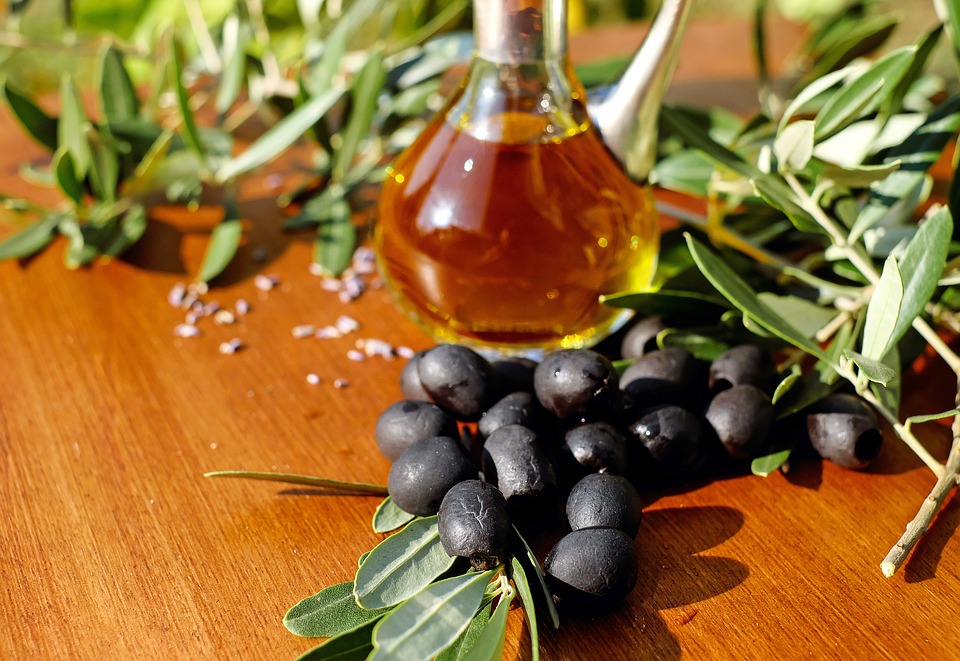Olives must be cured before they can be eaten. Anyone who has accidentally bitten into a raw olive knows this. You can start your very own home ‘curing process.’ Cured olives should have an attractive appearance, a pleasant taste, a firm but not hard texture and an adequate shelf life. Starting the process with a high quality, fresh olive fruit is essential; successful curing further depends on the curing technique, care applied and hygiene of the process.
There are a few common ways to cure your olives – including dry curing with salt, water curing and brining – and each produces a distinct flavour and texture profile, while being suited for different types of olives.
Brine curing
Brine curing involves soaking olives in salt water for three to six months. Under the brine, olives ferment, breaking down the bitter oleuropein and converting some of the sugar in the olives into lactic acid, which preserves and flavours the olives. Although brine-curing takes longer than water curing (which can take up to a year), this method leaves the olives sweet and full of depth. This is the method used to make Greek-style black olives and Sicilian-style green olives. A step-by-step process for unfermented home brine-curing has been added below.
The Quickest Way For Brine-Curing Black Olives At Home
1. For best results use completely black olives.
2. Rinse the black olives well and leave in clean water for 24 hours.
3. Place in a 4% salt (40g/L) solution for 2 weeks.
4. Keep the olives submerged and cover.
5. Replace with a 6% salt (60g/L) solution for 2 weeks.
6. Keep the olives submerged.
7. Make up fresh 6% salt solution and flavour to taste with vinegar, herbs, spices, etc.
8. Place the olives in jars.
9. Bring the flavoured brine to the boil and add hot to the olives in the jars.
10. Fill the jars completely and close tightly.
11. Let stand for a week or two.
SA Olive former Chairperson and Olives-In-Fact founder, Linda Costa has written a comprehensive step-by-step guide on everything you need to know about fermenting table olives – Table Olive Processing Made Easy.




